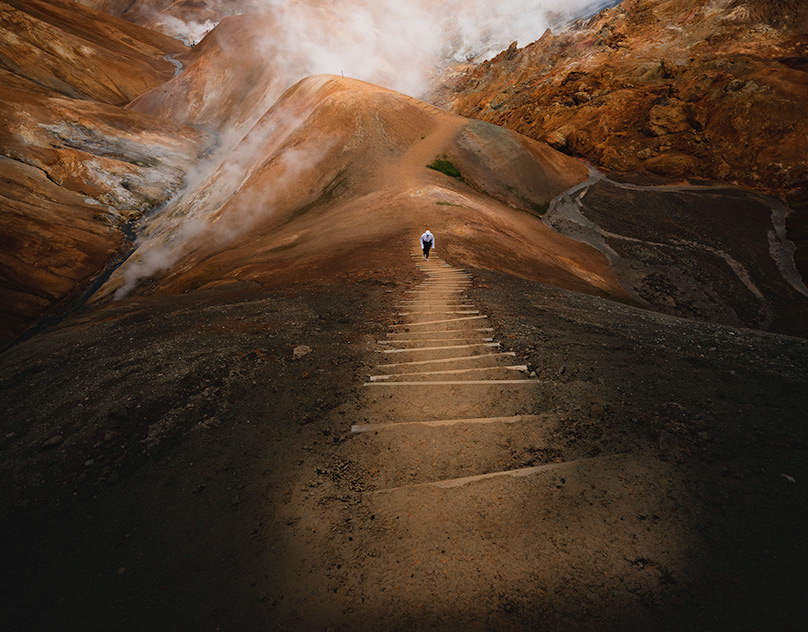"The human spirit is our most precious resource. Its ecology is our greatest challenge."
Hassan Fathy

In 1946 the Egyptian architect Hassan Fathy was commissioned to build the New Gourna village. The village was created to shelter the people of Gourna who had lived above ancient tombs in Luxor and whose relocation was considered as a solution to reduce the damages to the pharaonic tombs.
Fathy's vision was to create a sustainable, eco-friendly village with materials from the surrounding environment. He used mud bricks instead of concrete and steel and preferred simple tools and traditional methods instead of highly paid contractors and the latest technology. He believed architecture must be shaped by the culture of the residents. What emerged was ‘New Gourna’, an earthen village with natural ventilation, large bright rooms, beautiful domes, all at low cost.
Over the years, as underground water level raised, the mud-bricks closer to the ground began to melt away, and the houses started to sink, what made most of the residents replace the old houses with matchbox houses made of fire-bricks.
Today after around 70 years, nearly 50 percent of the original buildings have fallen and others have completely disappeared.
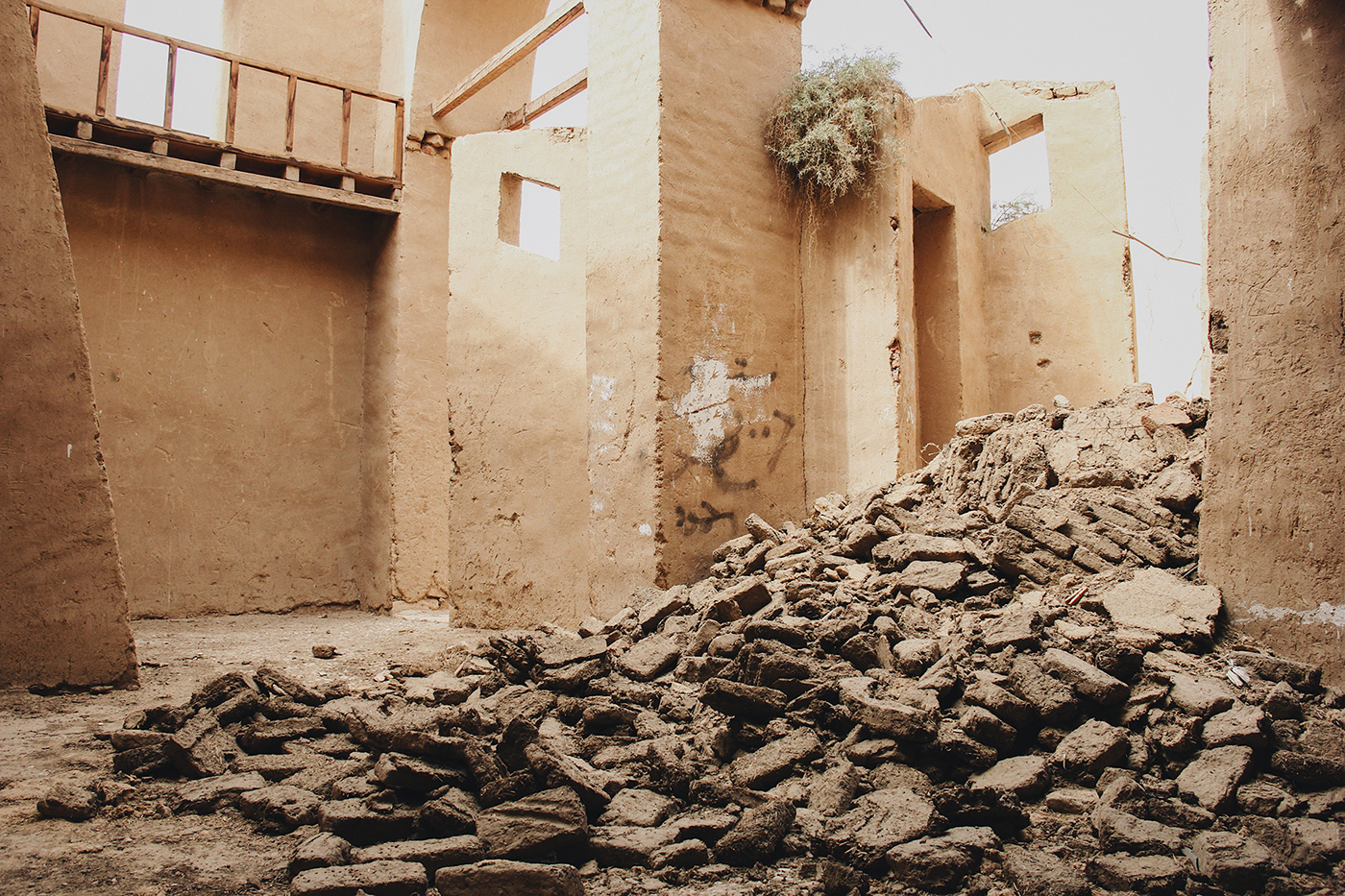

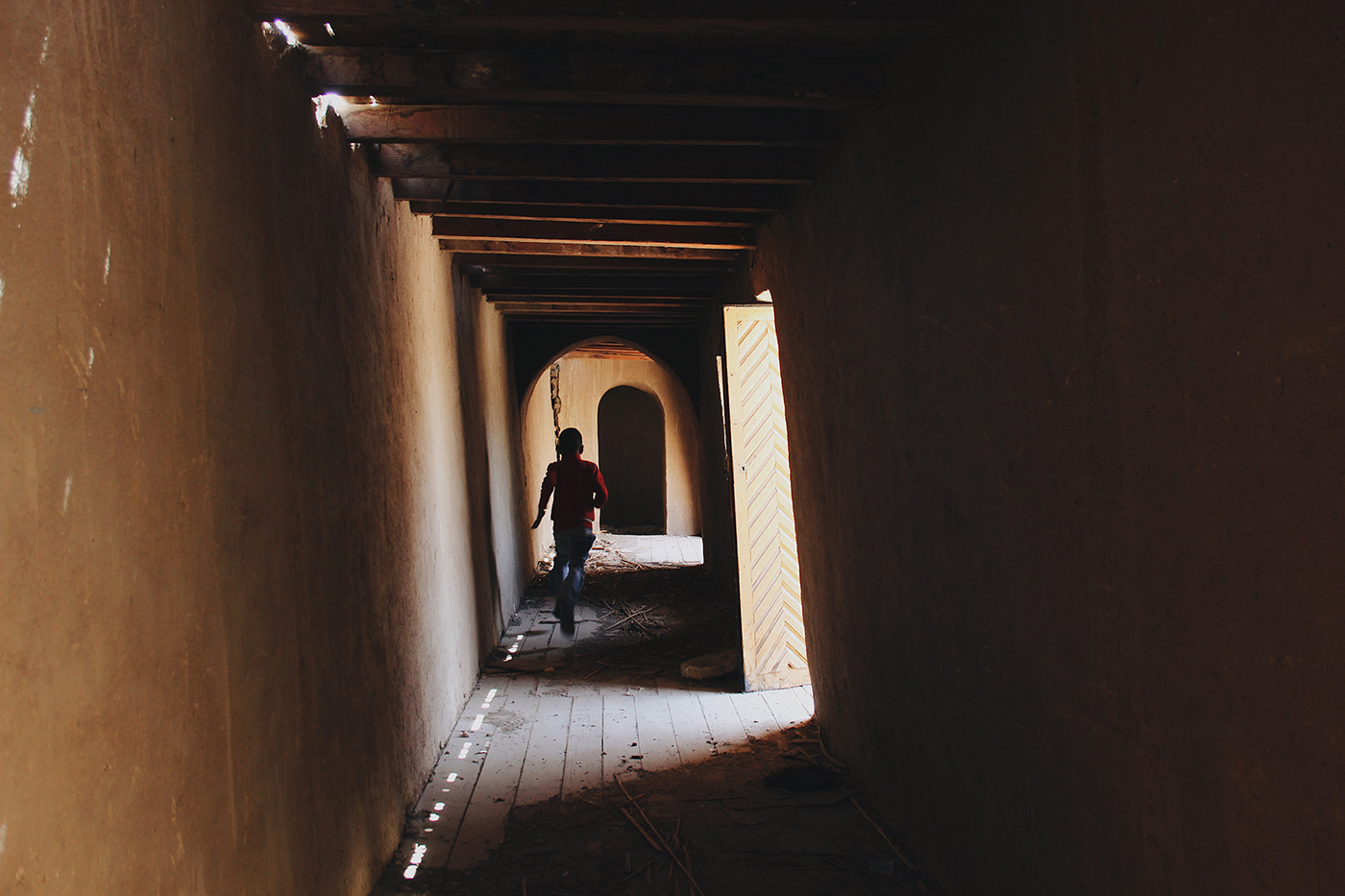
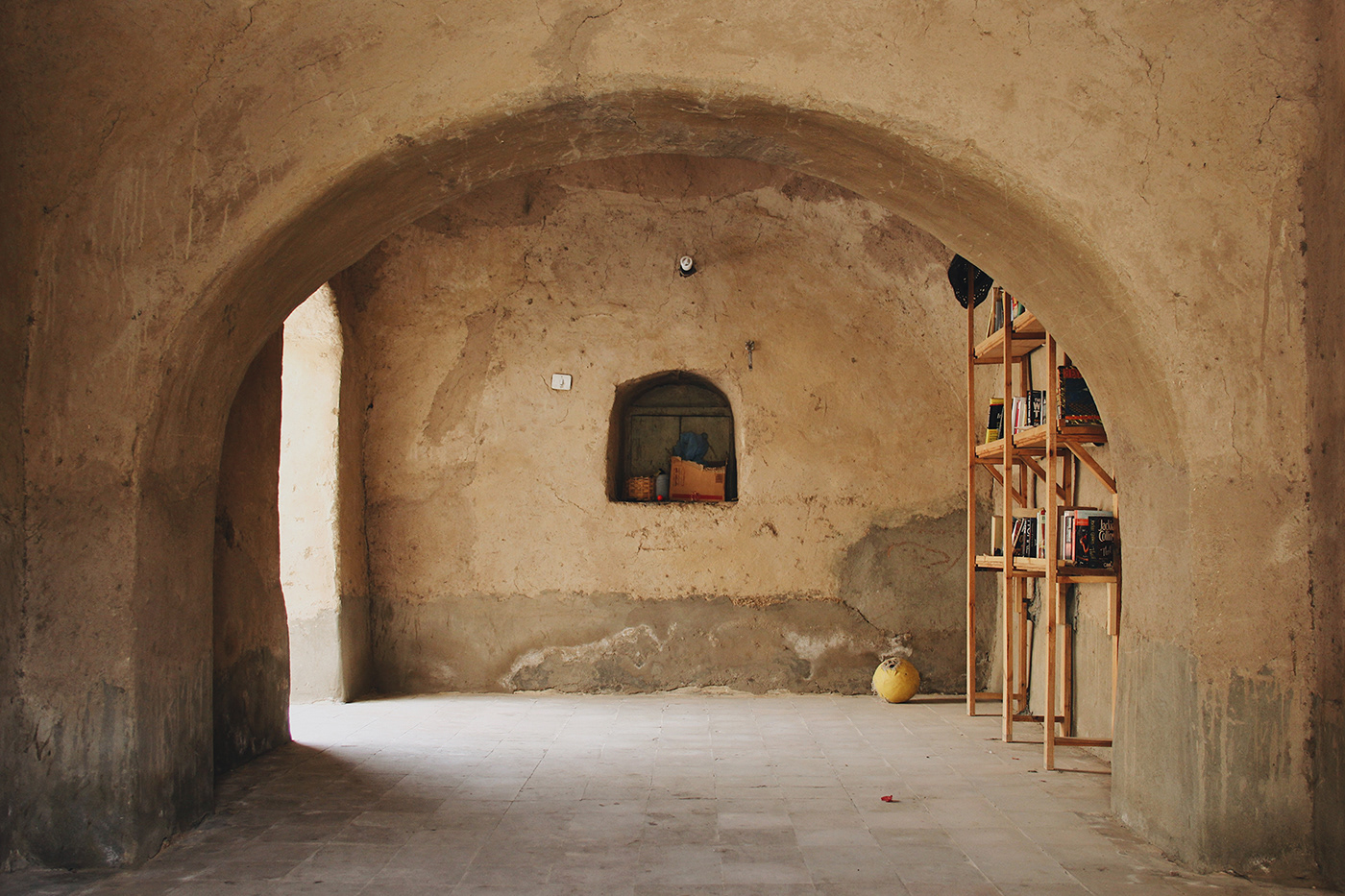
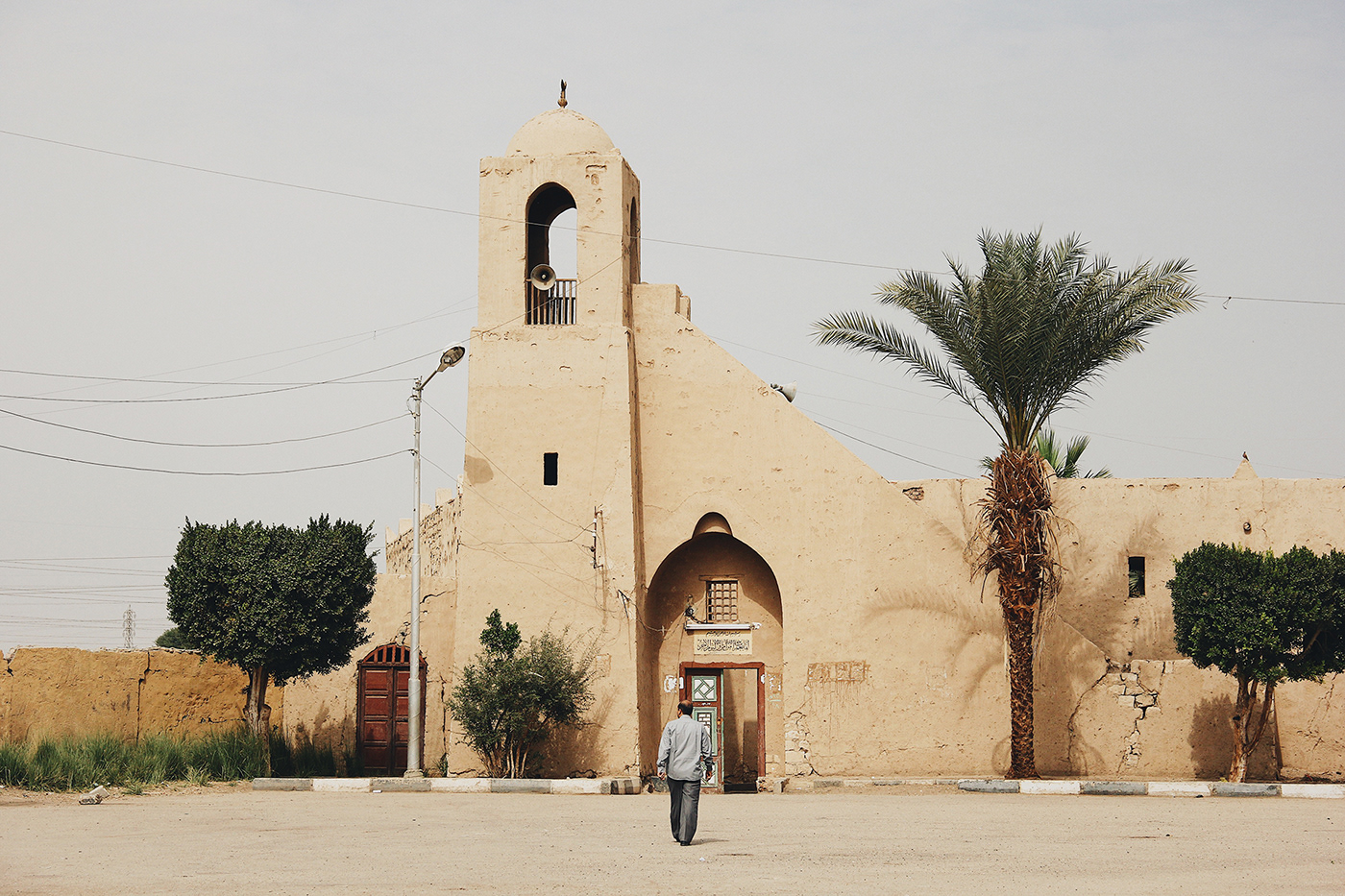



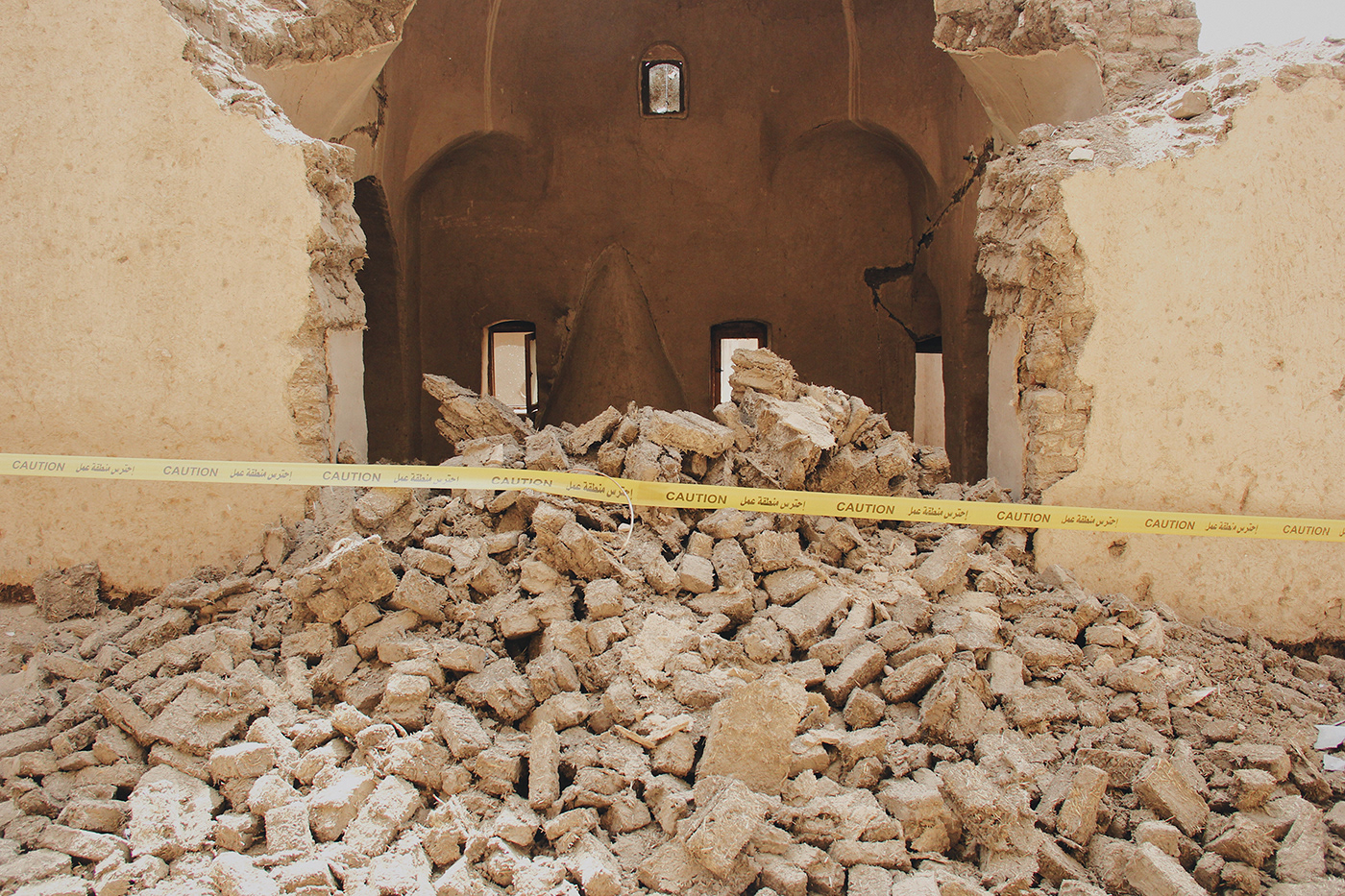

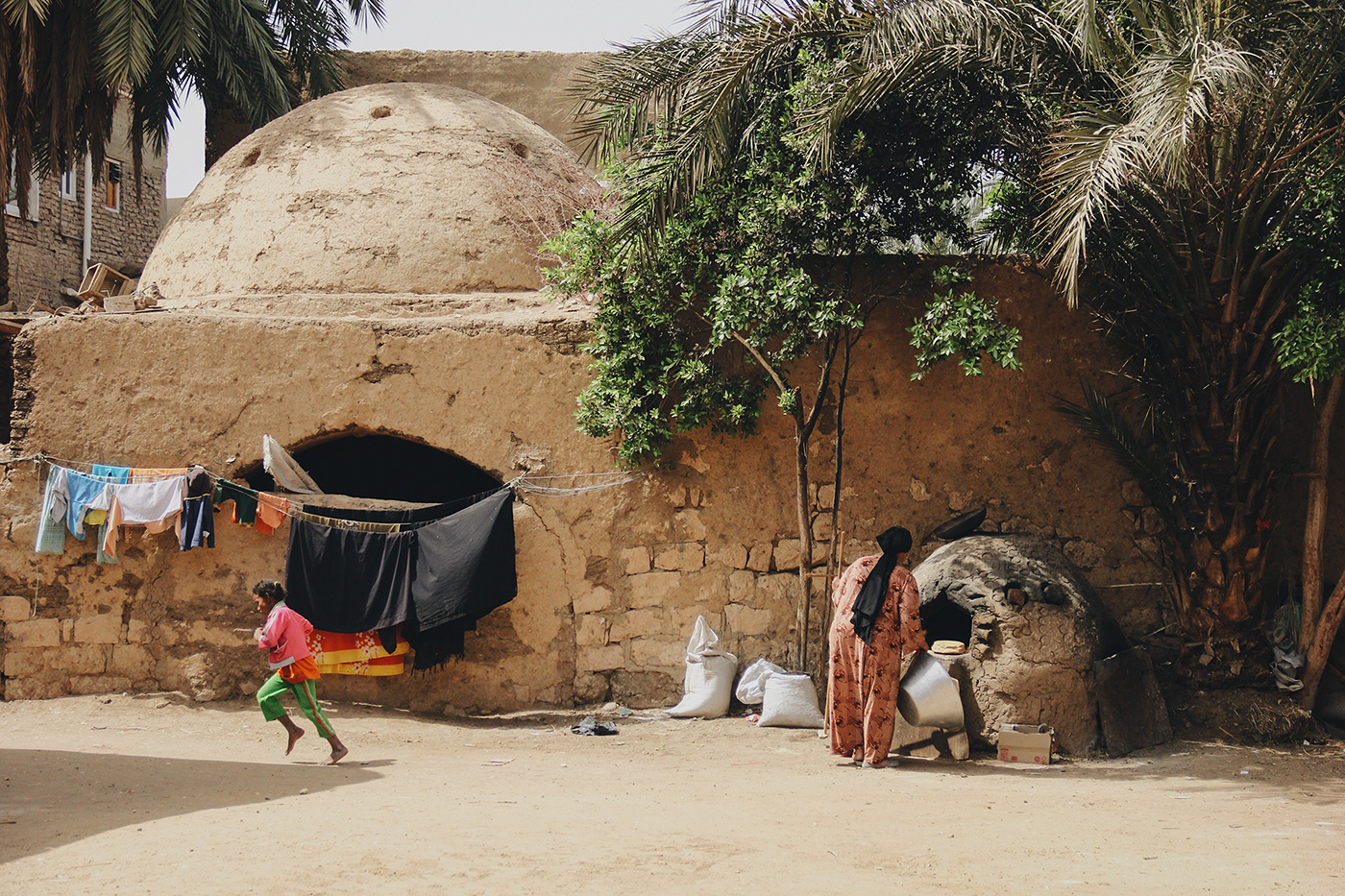
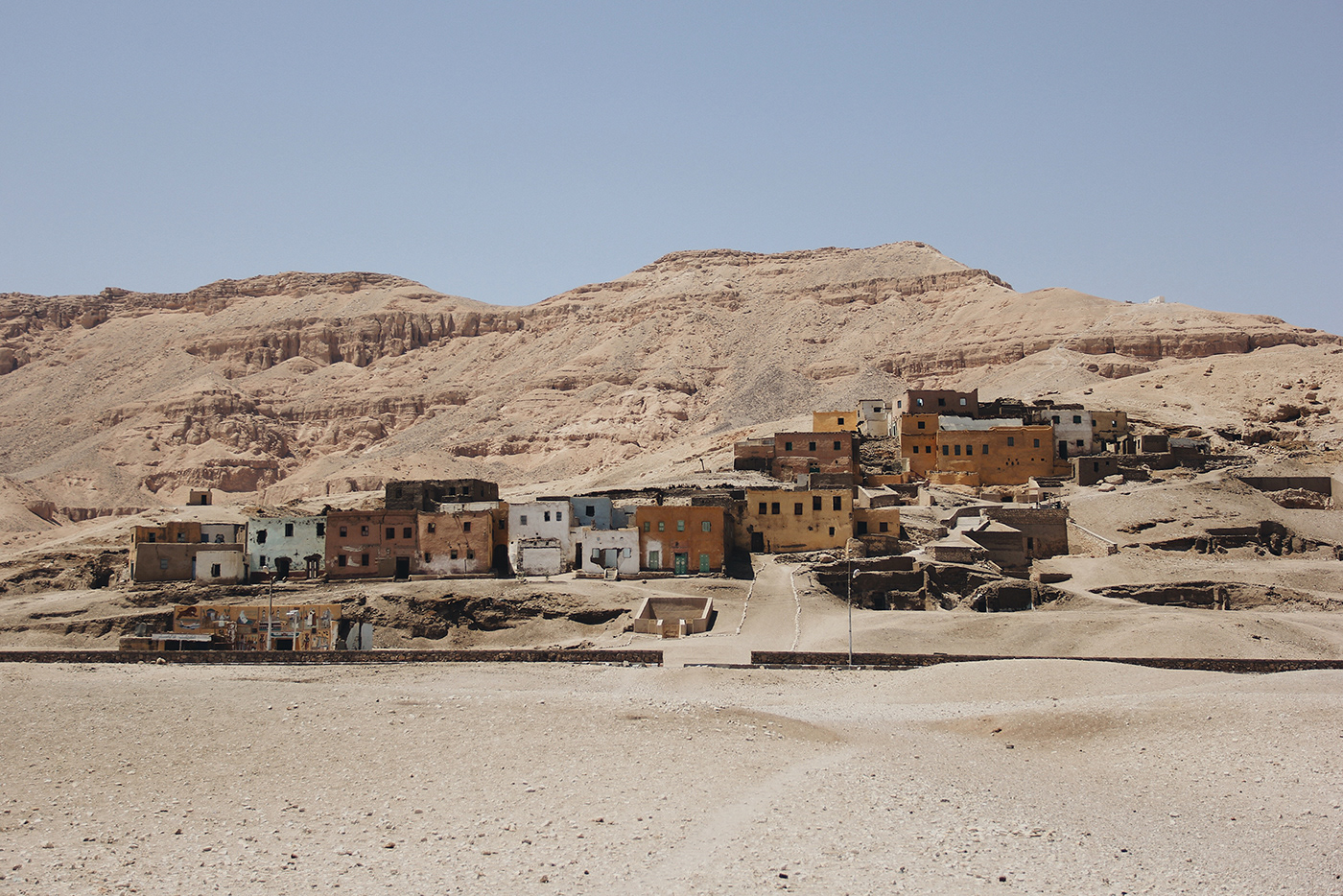
The old Gourna where the residents of New Gourna used to live before Hassan Fathy builds the new village.


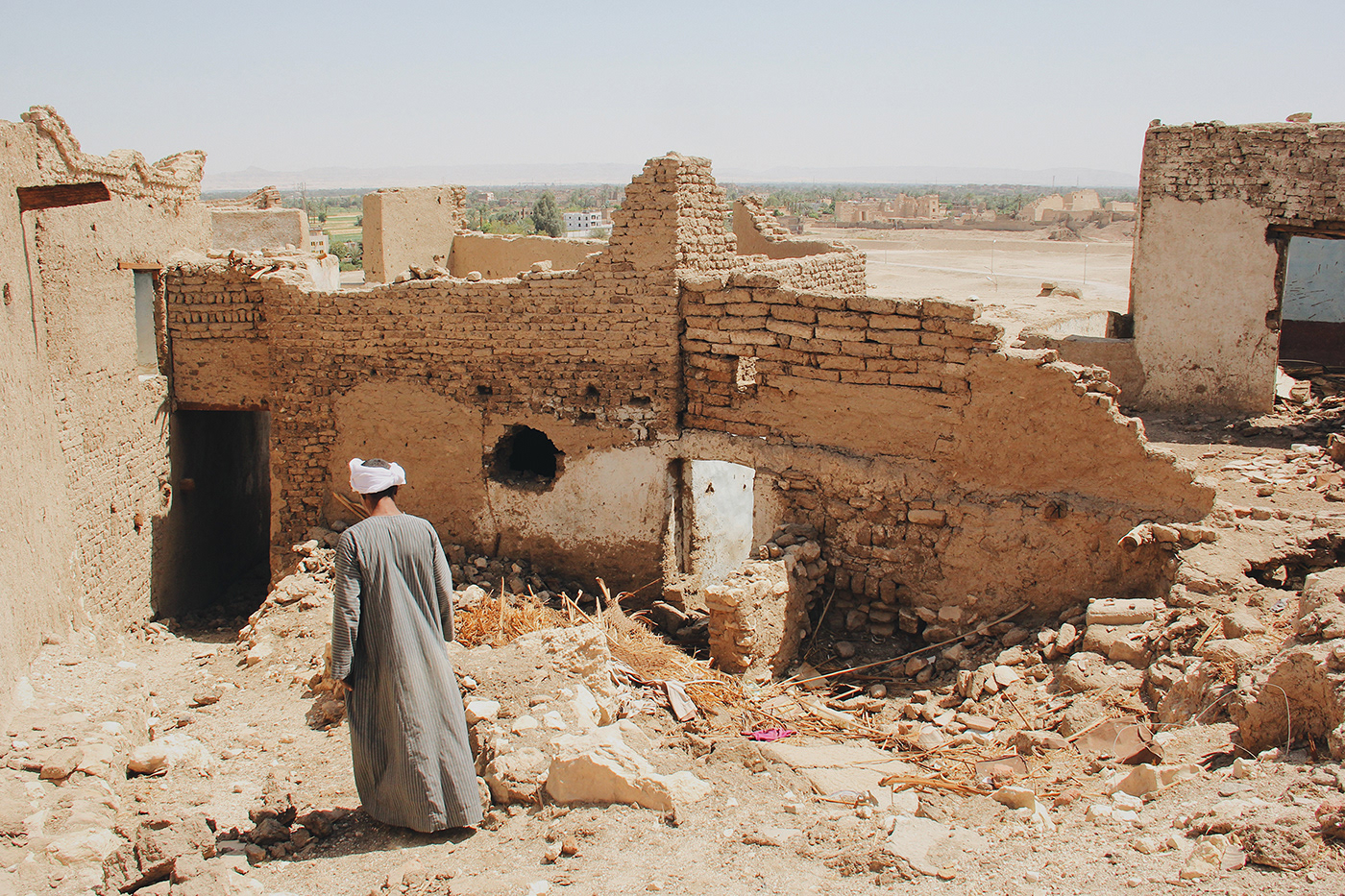


for more work follow me on
